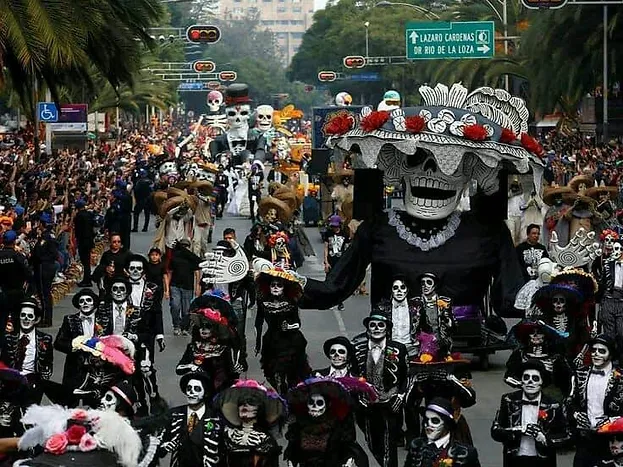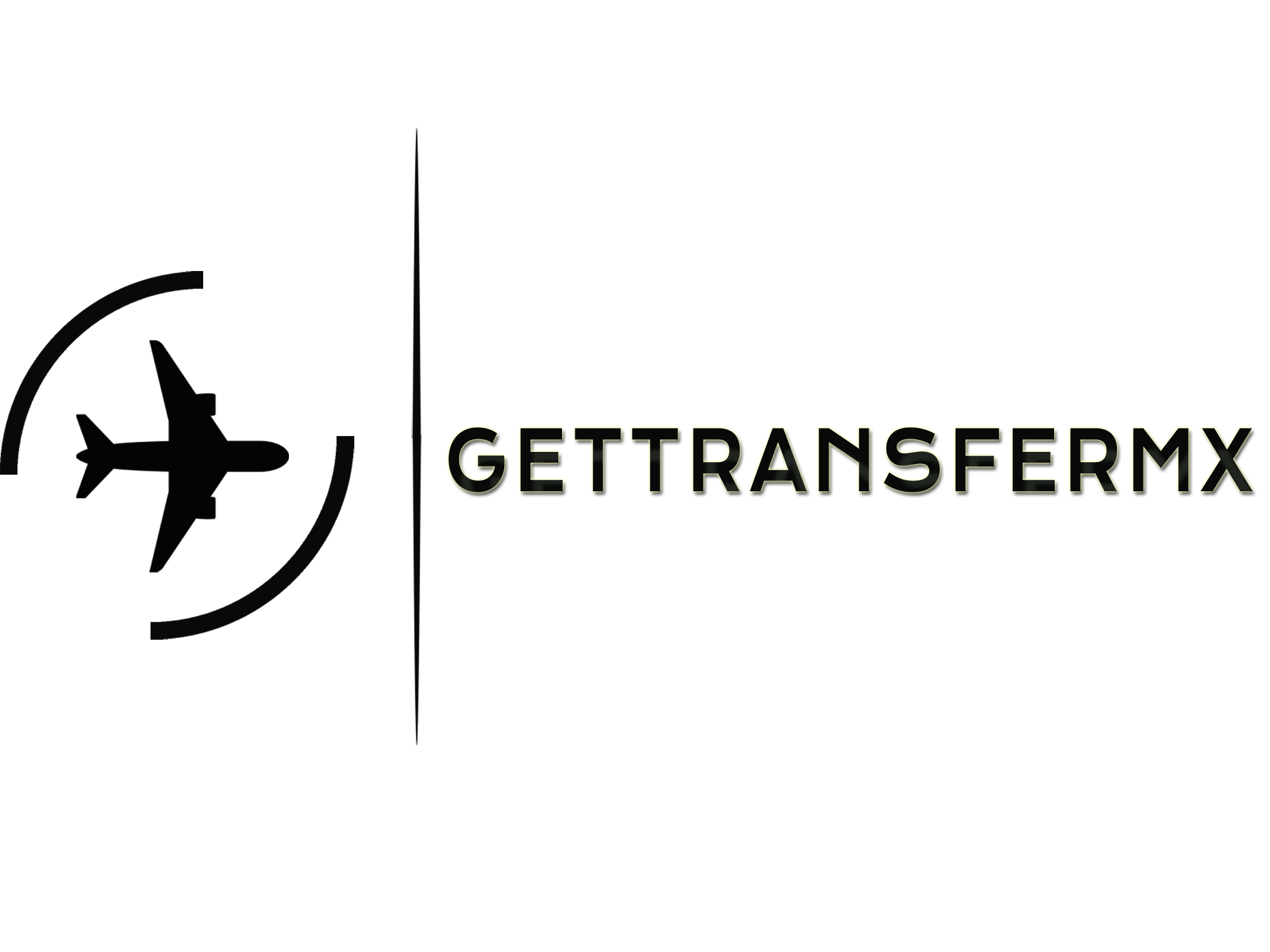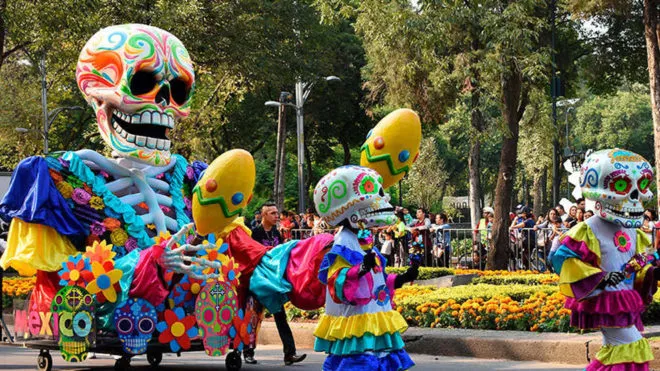Day of the Dead is a traditional Mexican celebration prior to the Conquest. As every year in the different regions of Mexico, the communities celebrate the temporary return of their deceased relatives and loved ones. Its a syncretic festival between the pre-Hispanic culture and the Catholic religion that, given the pluricultural and multiethnic nature of the country, has given rise to diverse popular expressions, transmitted from generation to generation and which, over time, have been added different meanings and evocations according to the indigenous people, community or group that carry them out, in the countryside or in the city.
The Day of the Dead in the indigenous worldview implies the transitory return of the souls of the deceased, who return home, to the world of the living, t olive with their families and to nourish themselves with the essence of the Food that is offered to them on the altars placed in his honor. Its origin is located in the syncretism between the celebration of the Catholic religious rituals brought by the Spanish an the commemoration of the day of the dead that the indigenous people carried out since Pre-Hispanic times. The ancient Pre-Hispanic people transferred the veneration of their dead to the Christian calendar, which coincided with the end of the agricultural cycle of corn, the country’s main food corp.

In the celebration of the Day of the Dead, death does not refer to an absence but to a living presence; death is a metaphor for life that materializes on the offered altar: those who today offer to their dead will be invited to the party in the future.
Due to its extensive history and contribution to the culture of Mexico, in 2003 the celebration of the Day of the Dead was named by UNESCO as Oral and Intangible Heritage of Humanity. This celebration is a mixture of magic, joy, prayers, songs and food.


